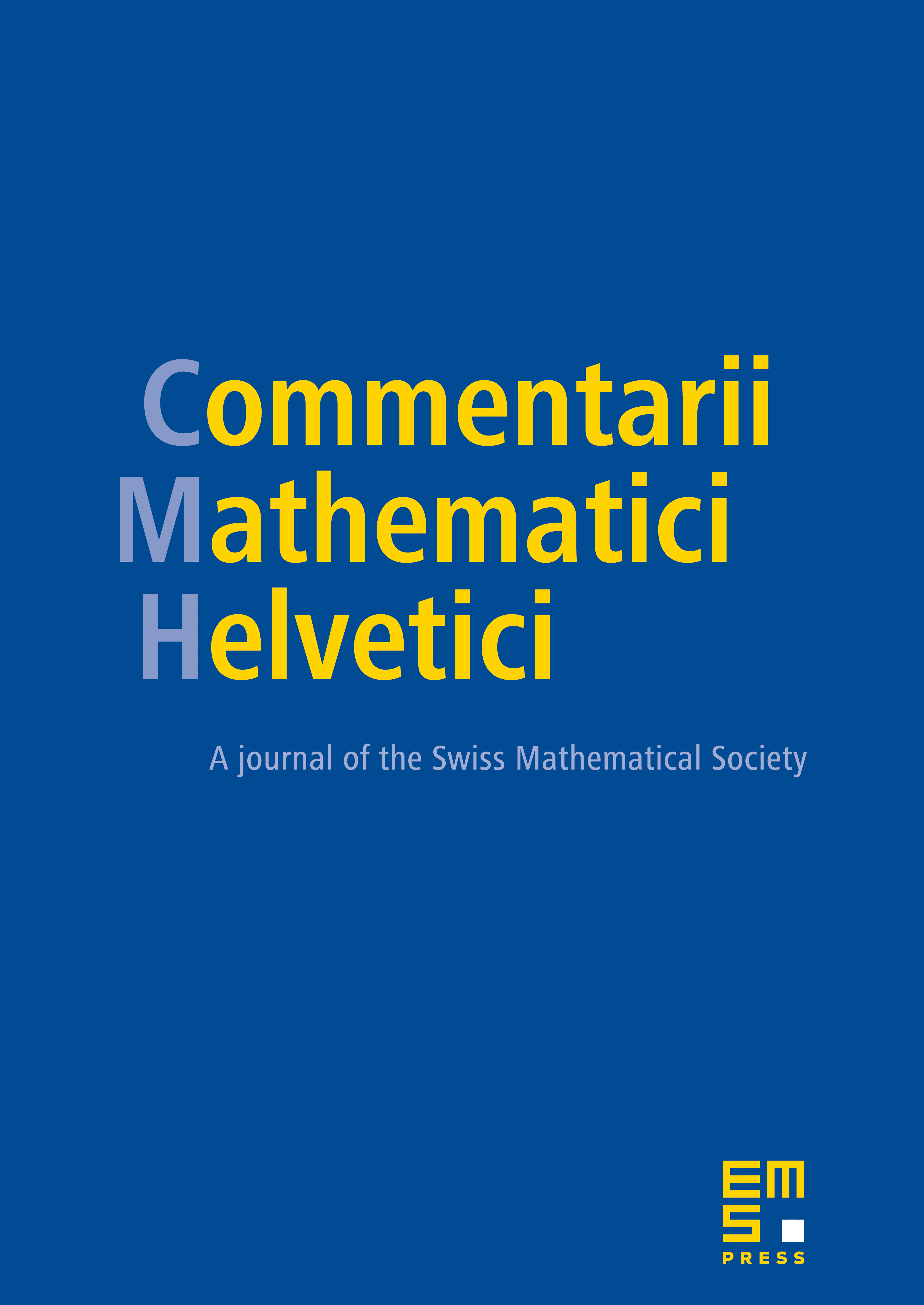Staircase patterns in Hirzebruch surfaces
Nicki Magill
Cornell University, Ithaca, USADusa McDuff
Columbia University, New York, USAMorgan Weiler
Cornell University, Ithaca, USA; University of California, Riverside, USA

Abstract
The ellipsoidal capacity function of a symplectic four manifold measures how much the form on must be dilated in order for it to admit an embedded ellipsoid of eccentricity . In most cases there are just finitely many obstructions to such an embedding besides the volume. If there are infinitely many obstructions, is said to have a staircase. This paper gives an almost complete description of the staircases in the ellipsoidal capacity functions of the family of symplectic Hirzebruch surfaces formed by blowing up the projective plane with weight . We describe an interweaving, recursively defined, family of obstructions to symplectic embeddings of ellipsoids that show there is an open dense set of shape parameters that are blocked, i.e. have no staircase, and an uncountable number of other values of that do admit staircases. The remaining -values form a countable sequence of special rational numbers that are closely related to the symmetries discussed in Magill–McDuff (arXiv:2106.09143). We show that none of them admit ascending staircases. Conjecturally, none admit descending staircases. Finally, we show that, as long as is not one of these special rational values, any staircase in has irrational accumulation point. A crucial ingredient of our proofs is the new, more indirect approach to using almost toric fibrations in the analysis of staircases by Magill (arXiv:2204.12460). In particular, the structure of the relevant mutations of the set of almost toric fibrations on is echoed in the structure of the set of blocked -intervals.
Cite this article
Nicki Magill, Dusa McDuff, Morgan Weiler, Staircase patterns in Hirzebruch surfaces. Comment. Math. Helv. 99 (2024), no. 3, pp. 437–555
DOI 10.4171/CMH/571